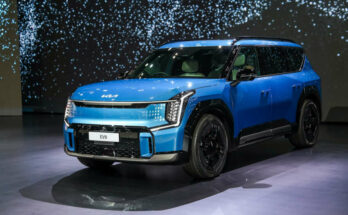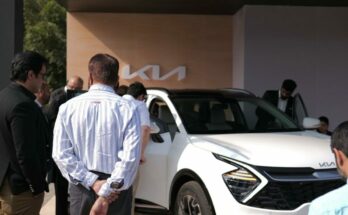Electric vehicles from Hyundai and Kia are increasingly becoming more popular in USA which ring alarms for the mighty EV maker Tesla.
Related: Kia Hands Over New EV6 to Global Brand Ambassador Rafael Nadal
Earlier this year, the South Korean duo rolled out two new battery-powered cars — the Hyundai Ioniq 5 and its sibling the Kia EV6 which promptly tore up the sales charts, passing the Nissan Leaf, Chevrolet Bolt and every other electric vehicle on the market not made by Tesla. In USA between January through May this year, Hyundai and Kia sold 21,467 of these two machines, even leaving the Ford Mustang Mach-E behind, which saw 15,718 units leaving the showroom floors.
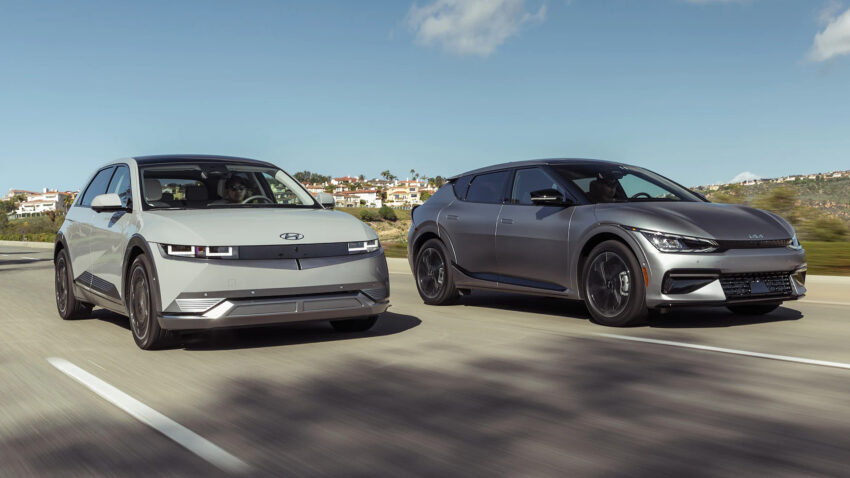
Although Tesla still sells far more cars, but it took the company a decade to deliver as many electric vehicles as Hyundai and Kia have managed in a few short months. This has made even Elon Musk impressed with the South Korean duo.
Related: Hyundai Ioniq 5 Wins Couple of More Awards
Granted, Hyundai Group is no startup. And the design of the current hits started about 6 years ago. At that time, the Chevrolet Bolt had just hit the market and Kia considered a car similar in size and scope. Ultimately, the company green lit something far larger, sportier and swankier at a slightly higher price. According to Steve Kosowski, manager of long range strategy at Kia America:
“The thinking was, with the platform we have and the market understanding we have, let’s put together a really bold, breakthrough proposition– We’re going to make a statement that Kia is here.”
The timing was favorable. EV adoption is picking up in the US, thanks to a surge in both climate concern and gasoline prices. And though there is a run on battery-powered vehicles, there still aren’t many to choose from. Of the 30 or so models on sale in the US market, only a handful can be had for less than $45,000 and most of those are relatively small, old dated cars like the Nissan Leaf.
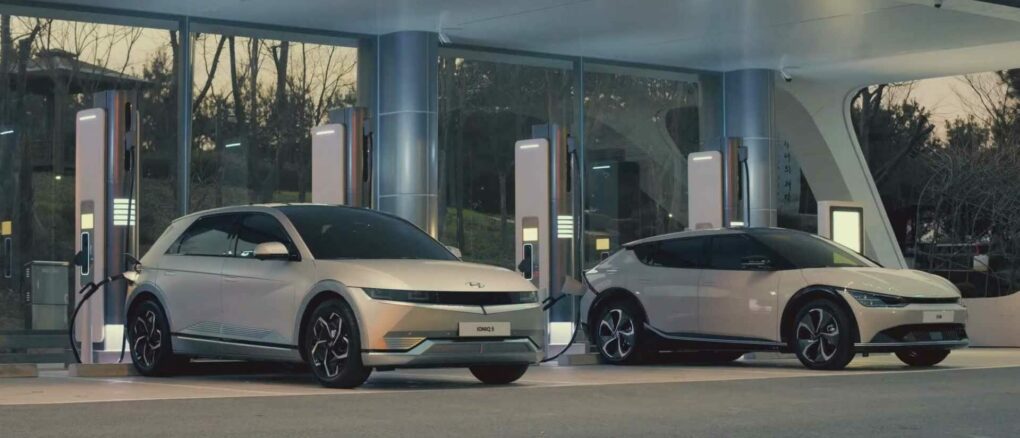
The Ioniq 5 and EV6 both offer the cargo space of a small SUV, the size and shape of vehicle that has taken over US garages of late. Both cars ride on the same modular platform, incorporate the same motors and batteries and post similar speed specifications. They are tricked out with screens and charge at some of the fastest rates in the industry, adding almost 16 miles of range in a minute under ideal conditions. They also offer a couple features that are novel in the space: pedals to adjust regenerative braking and bi-directional power (you can run power tools or charge another EV with one of these machines).
Related: Kia EV6 Sets Guinness World Record
According to Edmunds, the trusted resource for automotive inventory and information in USA, The Ioniq 5 & EV6, starting around $40,000 are drawing buyers with smaller budgets who otherwise may have bought a starter sedan. They (Ioniq 5 & EV6) are plush enough inside to pull from the top of the market as well, as drivers trade in luxury cars with internal combustion engines. As Edmunds puts it:
“These two cars have come in kind of at the right price and the right size for a lot of buyers. There’s a level of inherent trust with a big manufacturer getting in the game with a mainstream.”
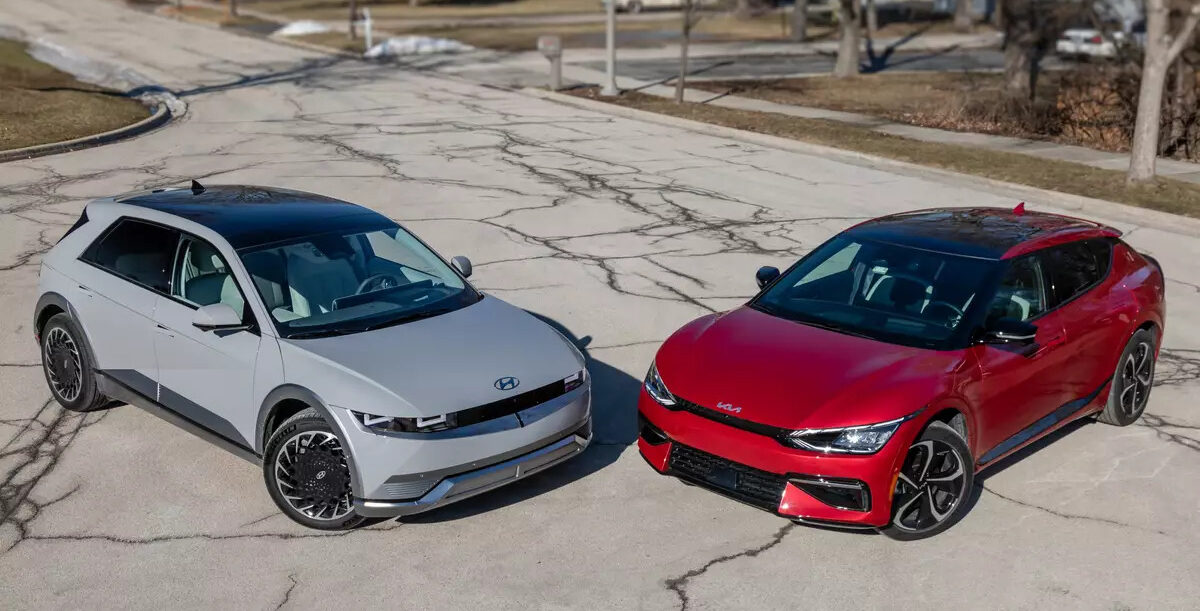
According to information, roughly three out of four EV6 buyers were previously driving a car from another brand, and only one out of 10 has previously owned a plug-in vehicle. The current wait time for Kia EV6 is about 6 months and the average transaction price is a few thousand dollars above the sticker price, according to Bloomberg Intelligence, which suggests most buyers are willing to pay a premium. Edmunds data also revealed that among those trading in a Hyundai or Kia recently, about 60% stayed with the brand.
Related: Kia EV6 Electric Vehicle Launched in India
Hyundai plans to launch a new battery-powered car every year for the rest of the decade and is spending $16.5 billion to boost EV production in South Korea. By 2030, the automaker wants to claim 12% of the global EV market, some 3.2 million cars and trucks. And as Edmunds sums it up:
“They [Hyundai & Kia] definitely have a leg up. Toyota and Subaru will have to see if they can catch them.”
Source: Bloomberg

A computer animation professional with over 23 years of industry experience having served in leading organizations, TV channels & production facilities in Pakistan. An avid car enthusiast and petrolhead with an affection to deliver quality content to help shape opinions. Formerly written for PakWheels as well as major publications including Dawn. Founder of CarSpiritPK.com


